Change Air Filter
Do Your Own Annual Service (Part 3 Of 5)

Updated:
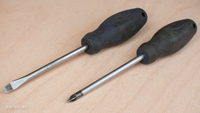
Somewhere at the side of the engine bay, you will see a big plastic box with a chunky hose coming out of it. Inside is your air filter. You can remove the clips at the front of the box to open it.
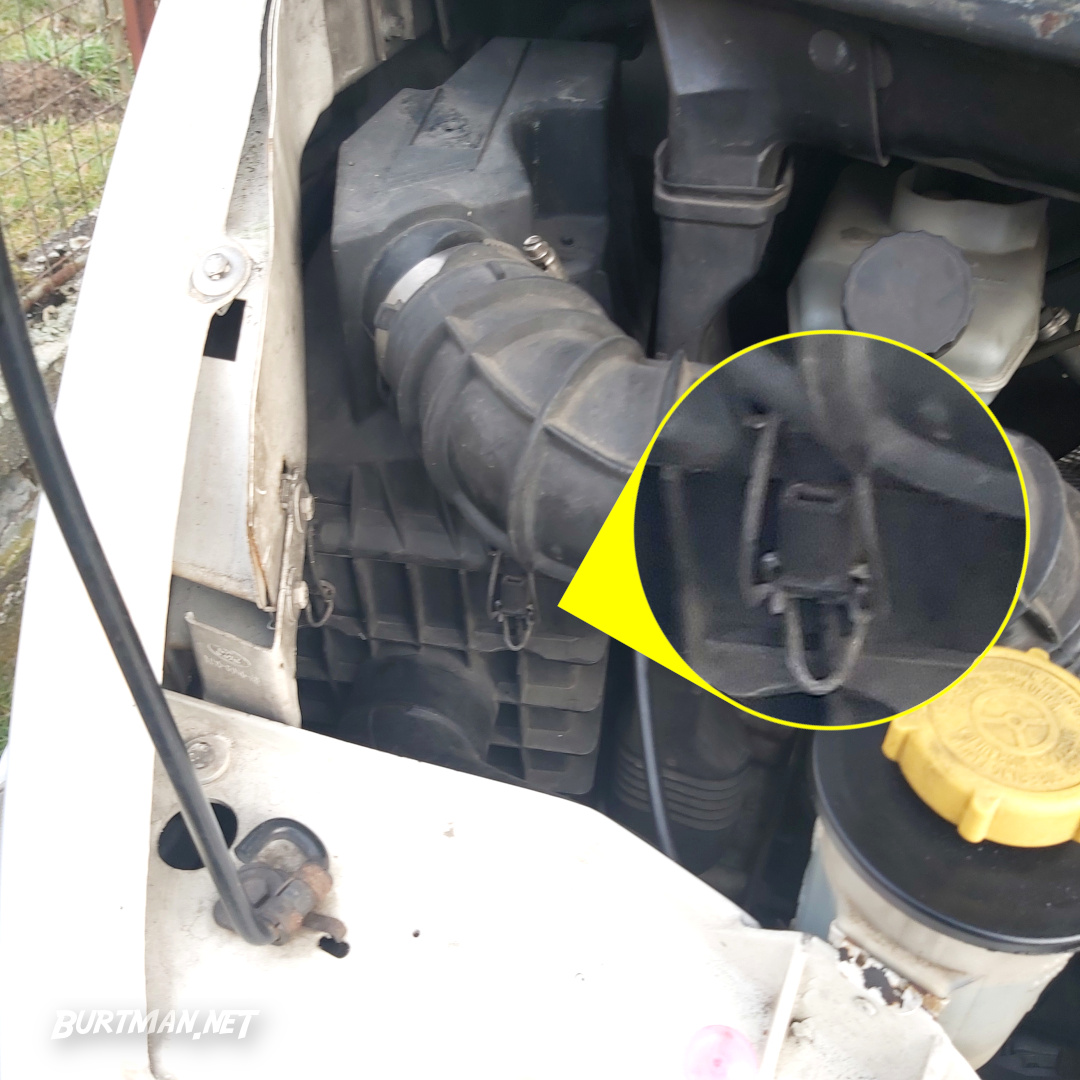
Air filter box with cover clips closed.
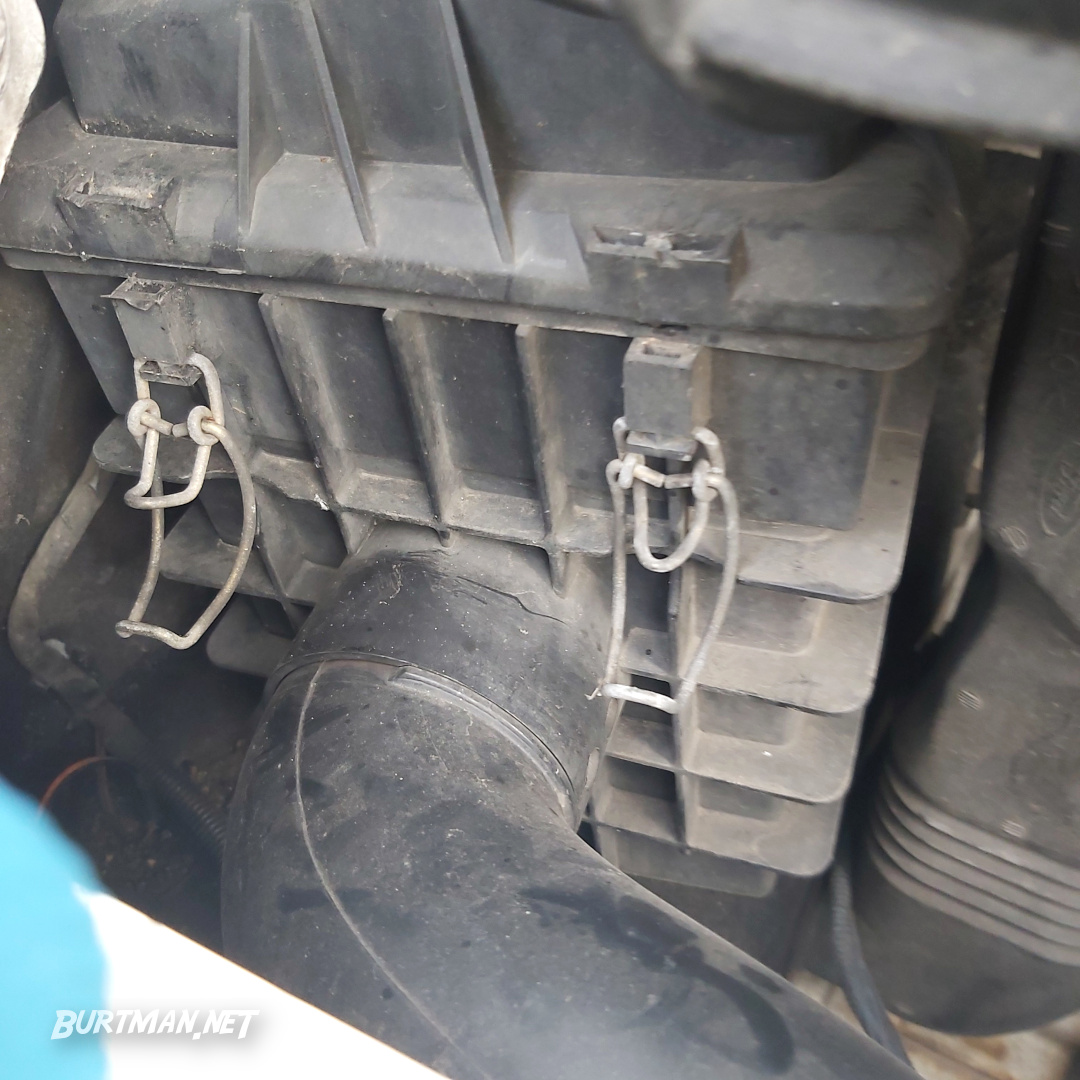
Just pull the bottom part of the clip upward to release the top half. Your clips could be installed the opposite way around, so you might need to pull down instead.
Depending on how much space your engine bay has, you may have to remove that chunky hose that comes out of the air box cover, but it's easy enough; Just loosen this jubilee clip with a flat blade screwdriver until the hose can be wiggled free. It's not necessary to remove the clip completely. There's nothing inside the hose (besides possibly a few leaves), so there's nothing to worry about here.
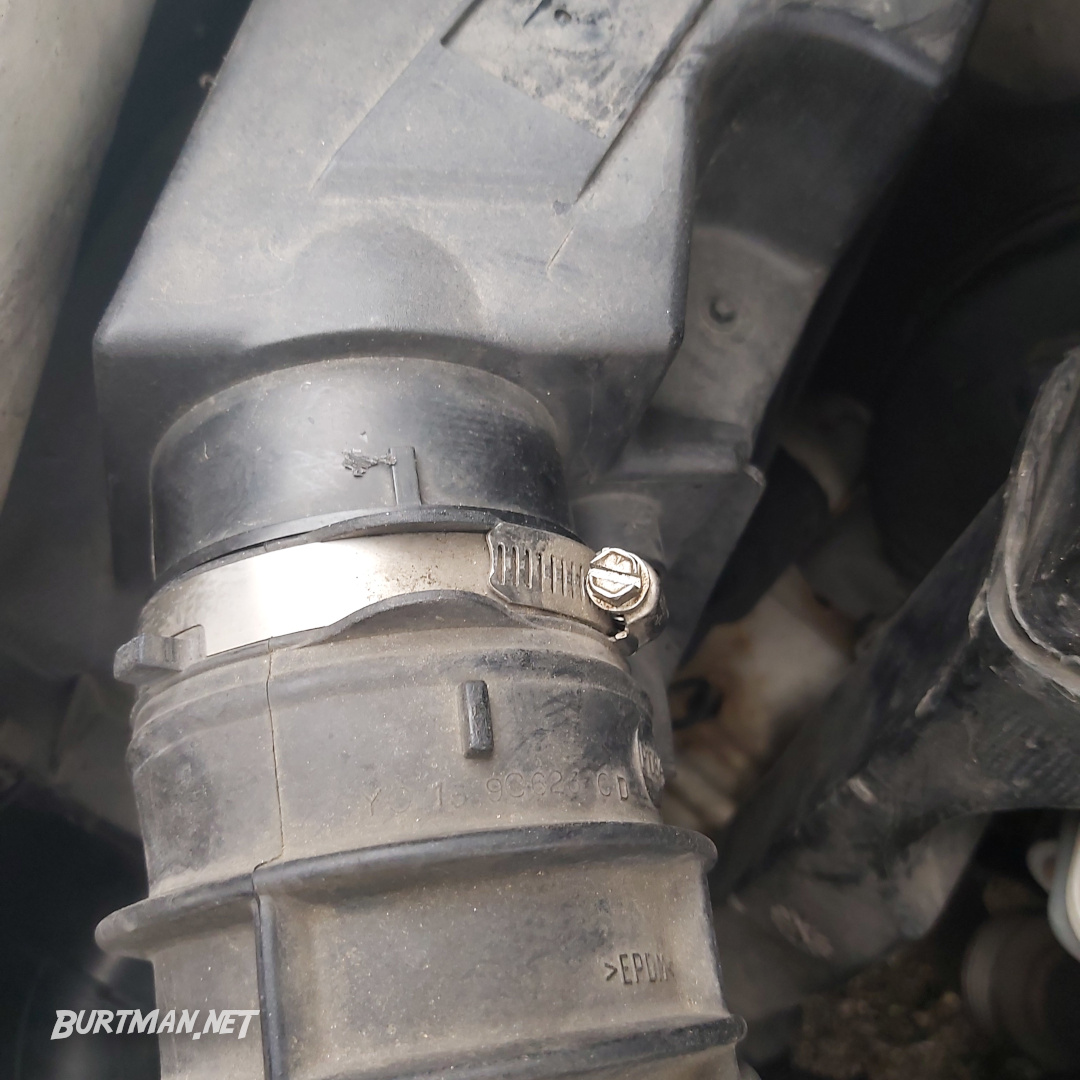
The metal thing is a jubilee clip.
Again, depending on available space, you may or may not need to move the bulk head drain pipe in order to get the box cover out. That's just a plastic pipe that allows rain to drain from the reservoir beneath the windshield. The bottom of the drain pipe will be easier to remove than the top part, and that's enough.
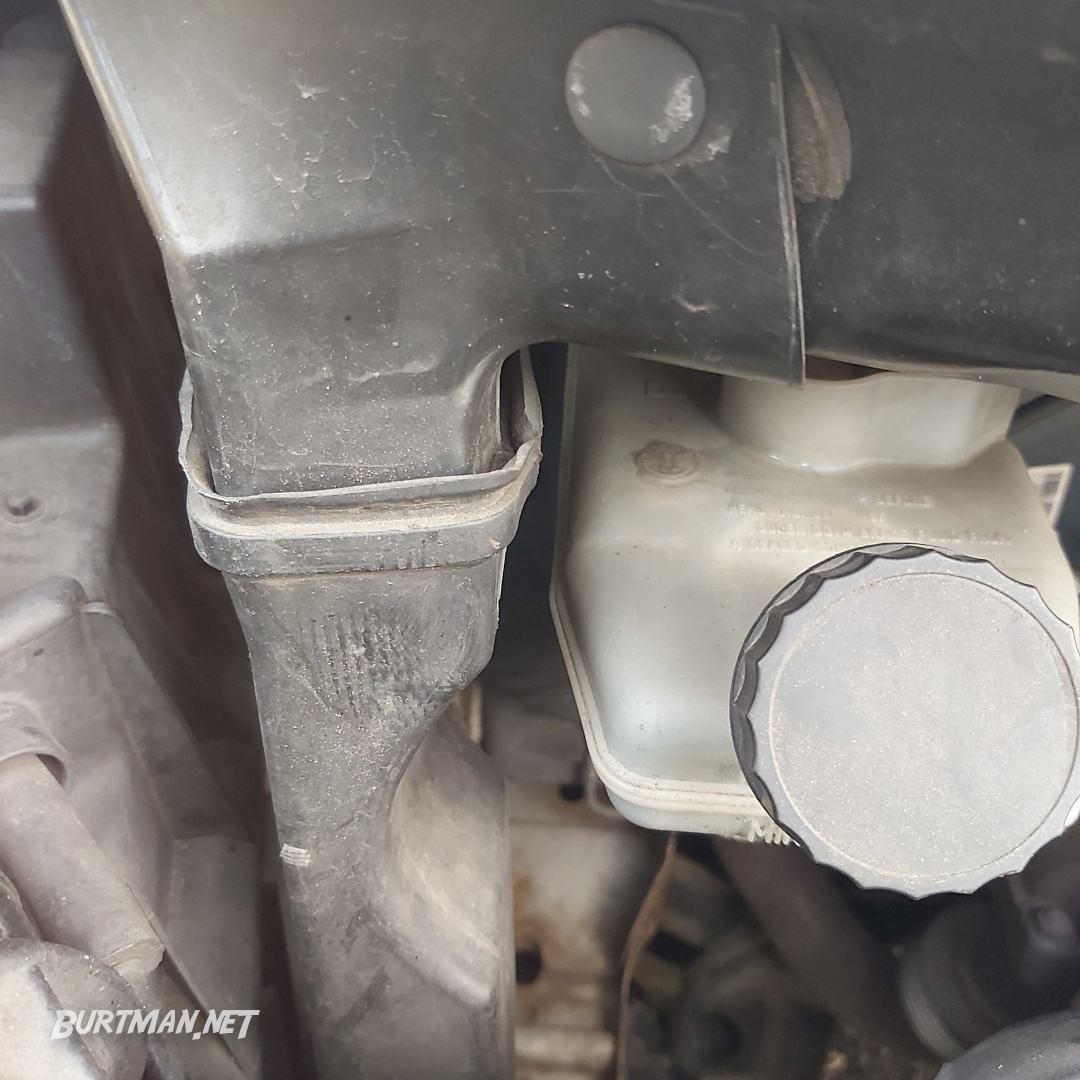
The drain pipe I'm talking about looks a bit like this in most cases.
The bottom of the drain pipe comes out in the front wheel well and is made of rubber, so you can easily squeeze and deform it until it's small enough to fit through the hole. Just push it into the engine bay and let it hang.
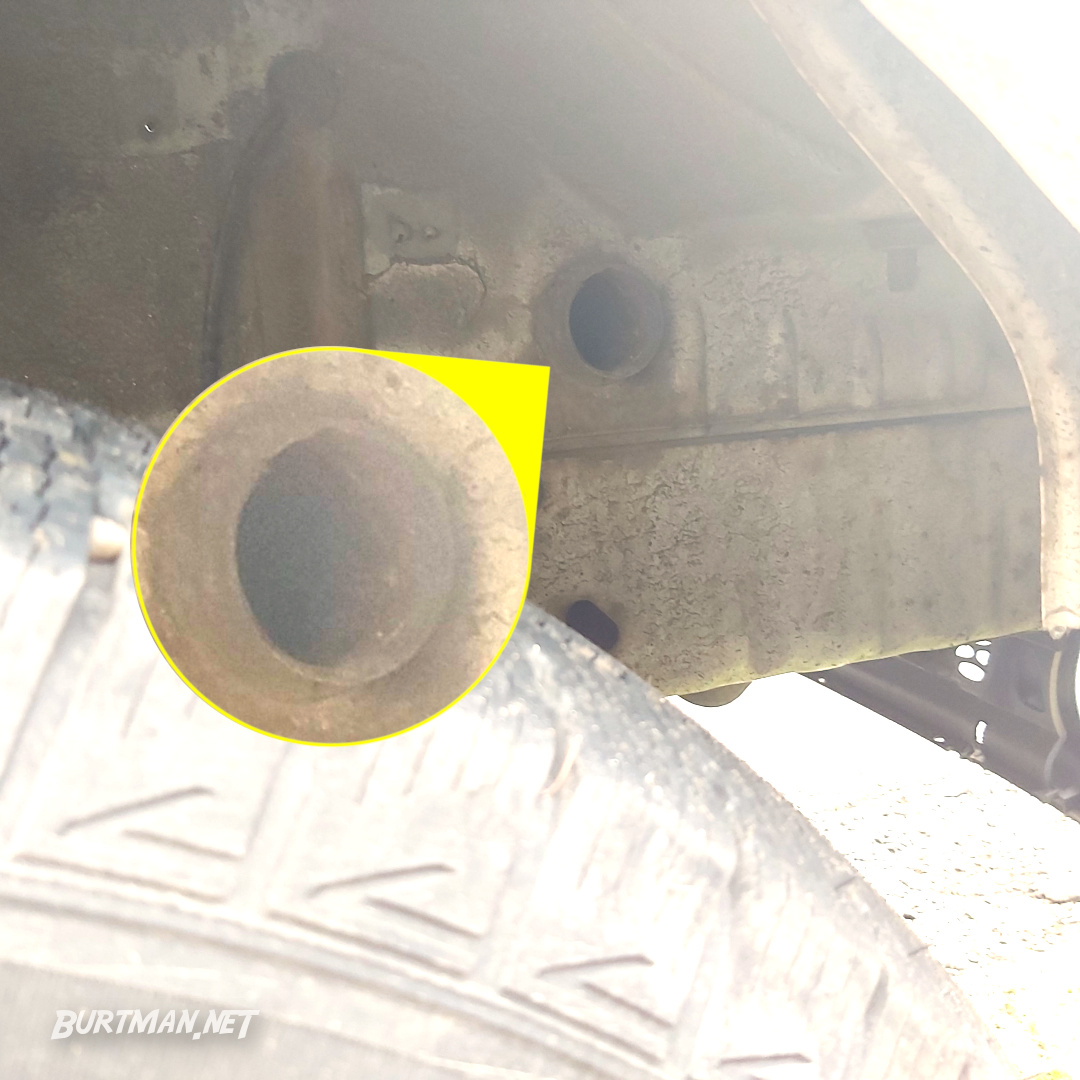
Exit port of the drain pipe.
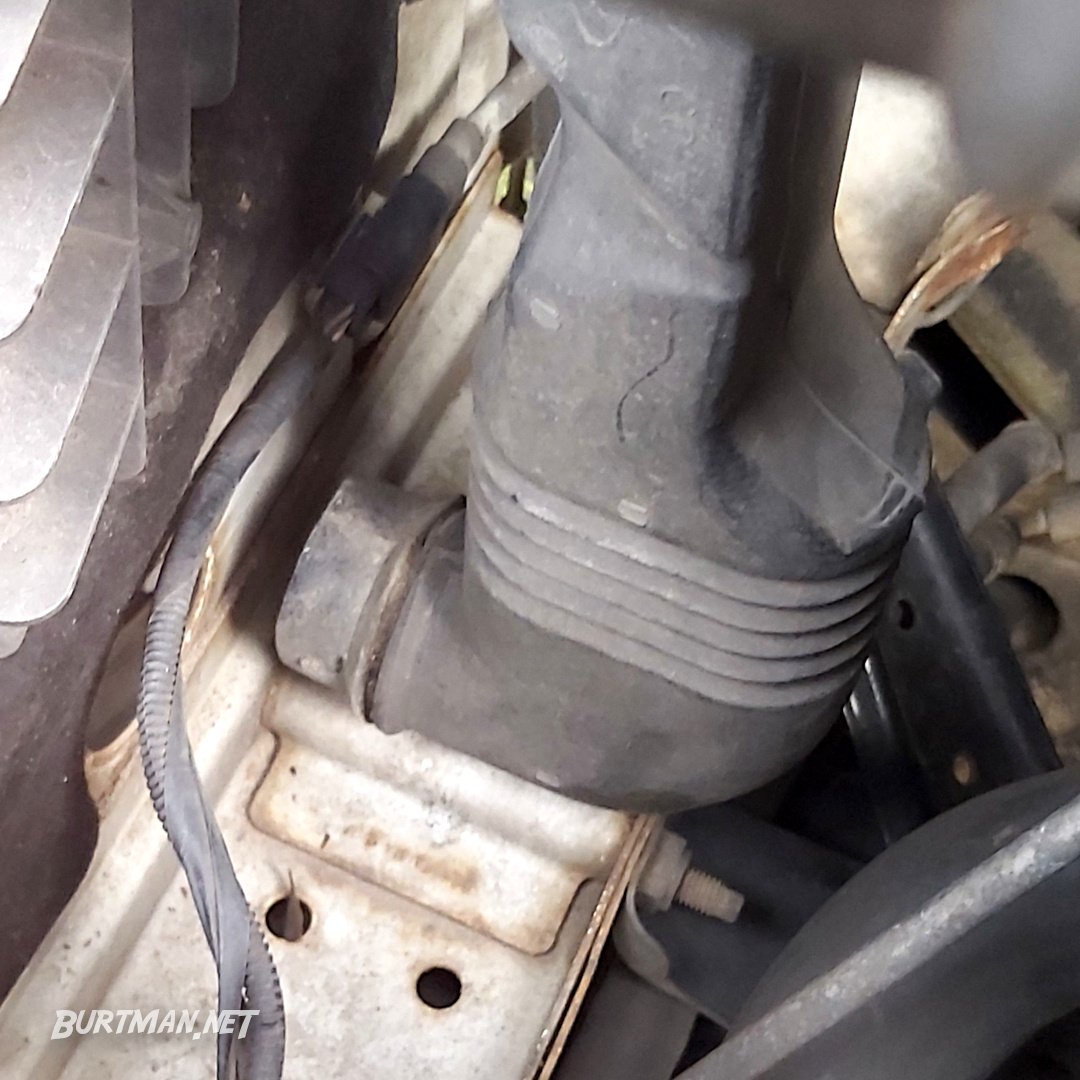
Hanging out in the van.
Now remove the air box cover and you'll see your air filter.
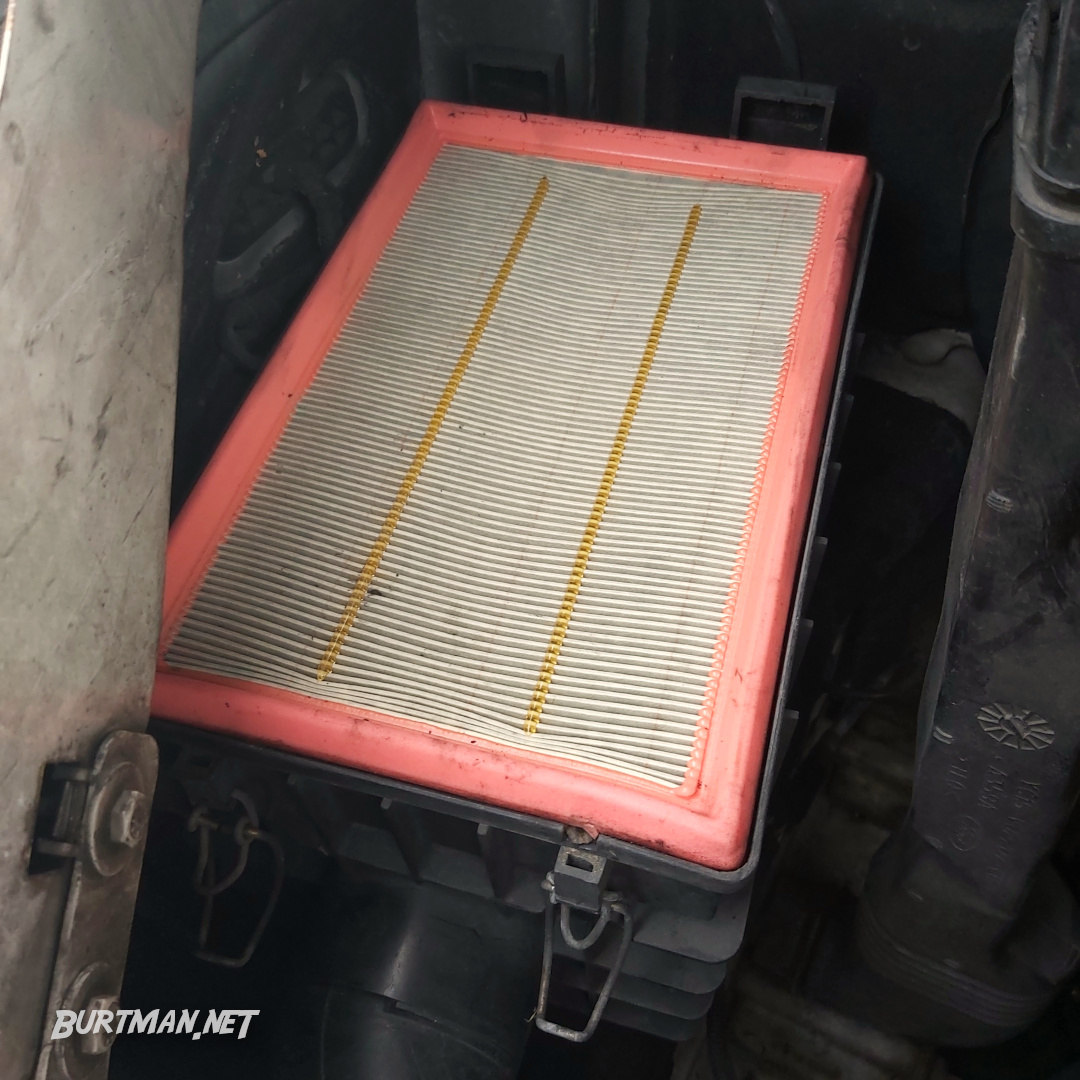
This one's only a year old and could probably stay in, since it's relatively clean, but I'm doing a service, so I'll change it anyway.
Just pull out the old filter and throw it out. Scoop out any leaves and debris you might find inside the box and then place your new filter in the same place the old one came out of.
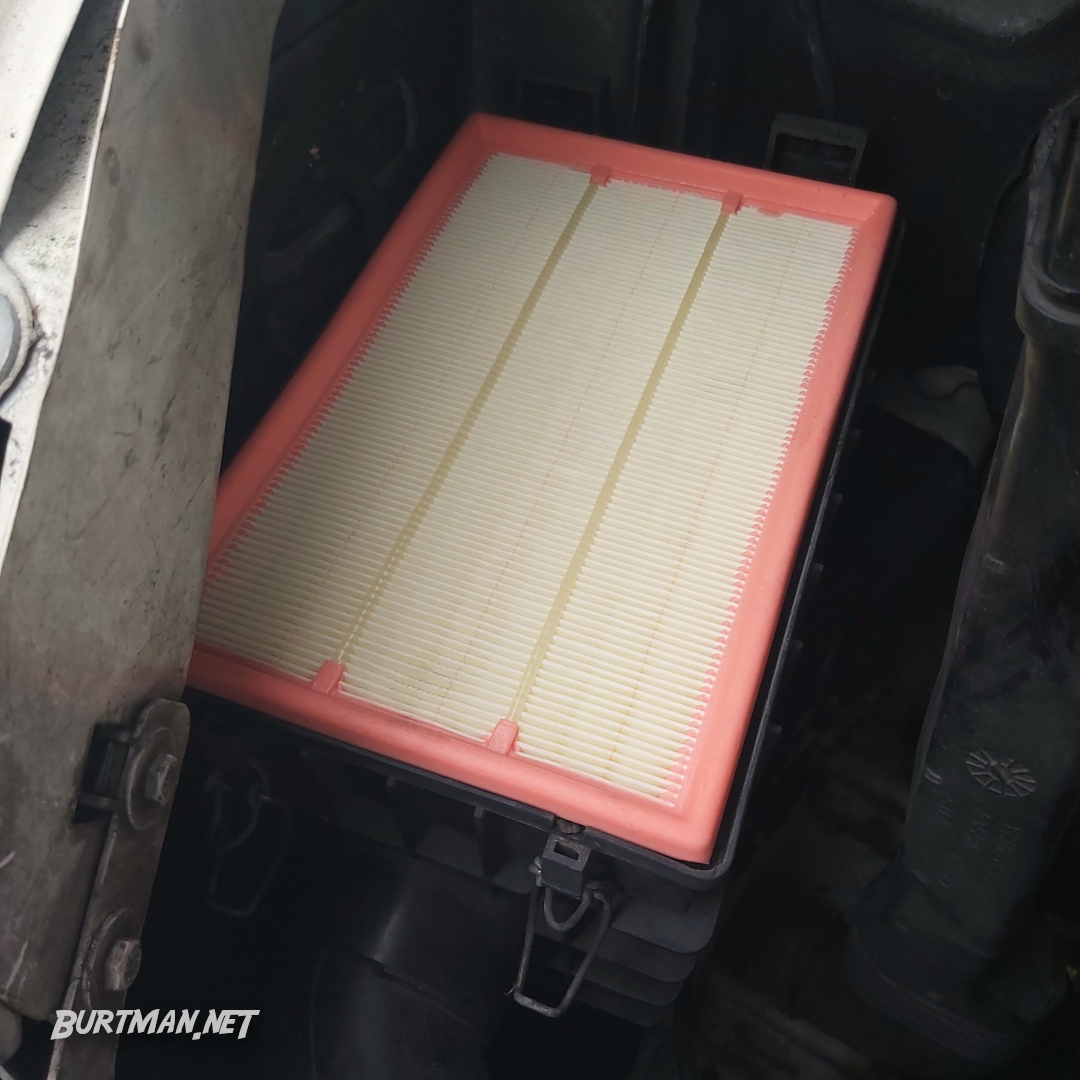
The new filter just sits on top of the air box. Wiggle it to make sure it sits properly.
To refit the air box cover, you need to locate the sticky out bits on the cover into the receivers on the bottom half of the box.
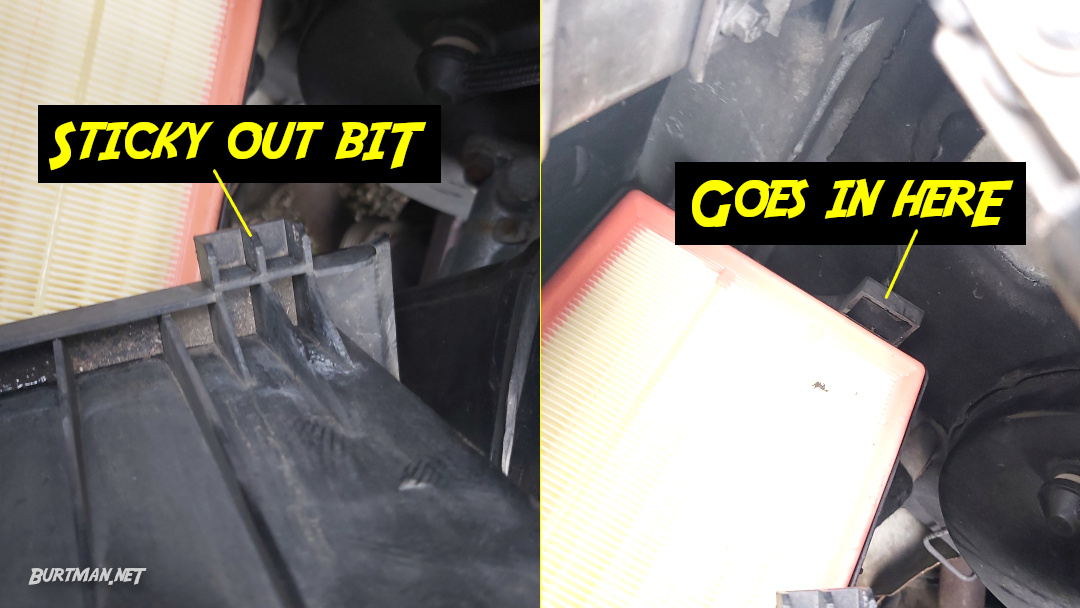
Sorry for the technical terms. Sometimes, you just have to know them.
Close the air filter box, making sure it seats correctly all the way around and then close the clips again. Reverse the rest of the steps to refit the drain pipe and air hose. Tighten the jubilee clip enough to feel secure but don't overdo it.
That's it.
Sign In To Leave A Comment
There are no comments marked as public for this item.
Stay Up To Date





 Maintaining Your Van
Maintaining Your Van Read around 1,900 times
Read around 1,900 times For Everyone
For Everyone